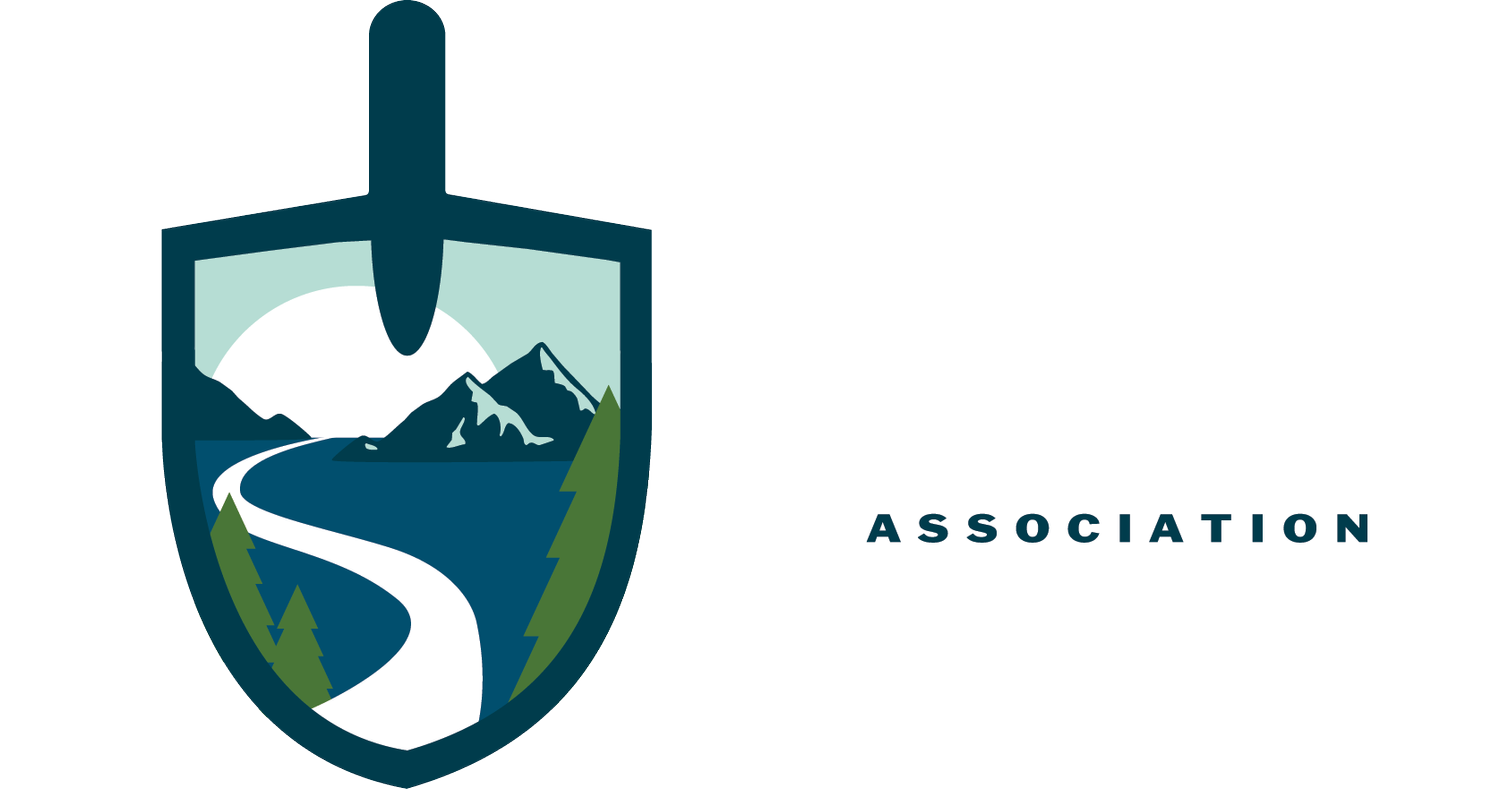Download the RFP
View the Categorical Exclusion document
Excerpts from the RFP:
Critical Dates:
Proposals should be delivered to Hueston Woods State Park by 5 p.m. on June 30, 2020.
Distribute RFP: June 30, 2020
Clarification questions: Submitted no later than: 6/25, 2020
Site Visit: Vendor will contact park to schedule field visit before 6/25/2020.
Proposal due date: delivered to Hueston Woods State Park by 5 p.m. on June 30, 2020.
Award Contract and bidders not selected notification: July 10, 2020.
Execute Contract: July 10, or after PO started
Work Complete: August 21, 2020
Scope of Work
The Ohio Department of Natural Resources Division of Parks and Watercraft has obtained an RTP grant to re-route two sections of the Indian Mound Trail at Hueston Woods State Park. The trail is a relatively short hiking trail that is accessible from the campground. The trail is centered on approximately 39°35’ 0’’ N, 84° 46’ 40” W. Sections of this trail travel directly downhill and have become severely eroded. Trail re-routes that include switchbacks are needed to bypass these degraded trail sections. The tread of the new trail should be approximately 36” in width with an approximate grade of 10% or less with an approximate 5% outslope.
Approximately 1000 feet of new natural surface trail that includes approximately 4 switchbacks will need to be designed constructed by the vendor. These trail segments will need to be benched and built either by machine or hand. Prospective contractors should have demonstrated experience in designing and building sustainable natural surface trails.
The switch backs should be designed to prevent short cutting. Legs of switch back leading into and out of the switch back pad need to be spread far enough to dissuade cutting. The placement of gargoyles is encouraged. Switch back legs are not to exceed 8%.
The diameter of the switch back pad should be 5-8 feet. The switchback pad should be crowned to shed water away from the trail legs. A back channel on the upper leg is preferred if physically possible.
